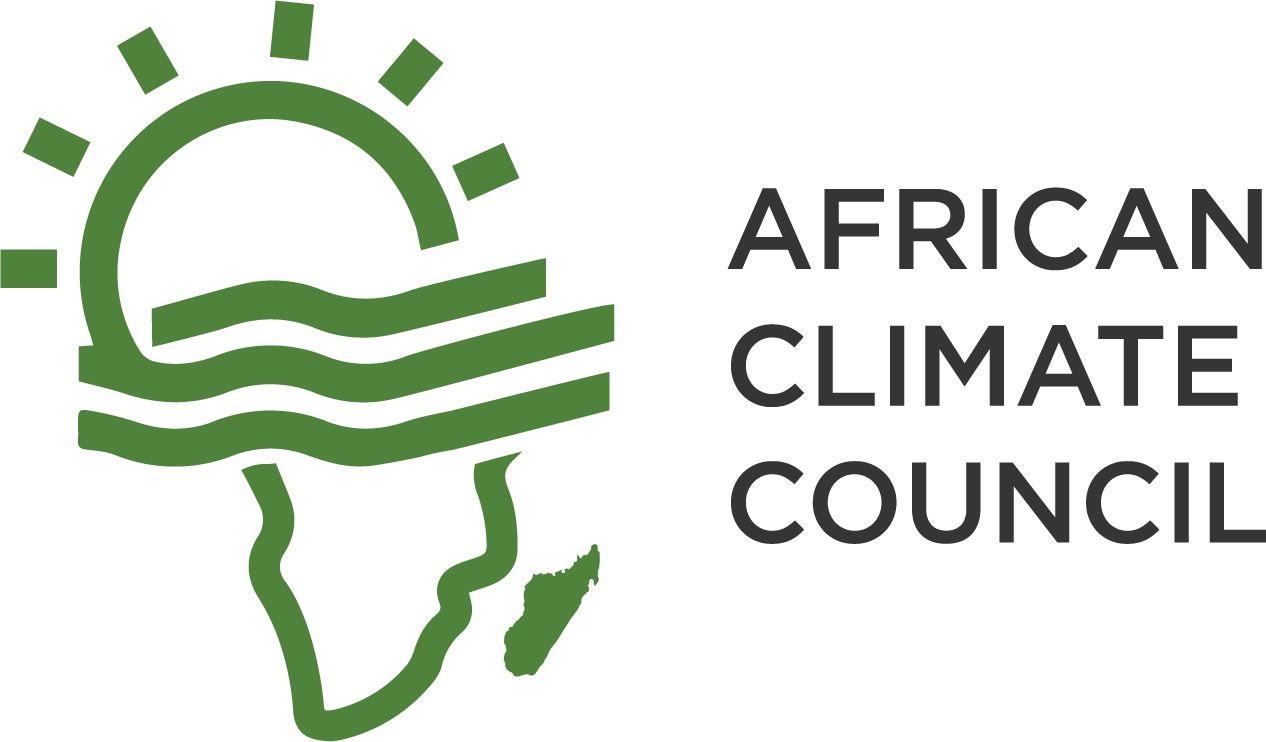
Namibia has made the difficult decision to kill hundreds of its iconic wild animals, including elephants and hippopotamuses, to address severe food shortage. The drought has left nearly 1.4 million people struggling to access adequate food.
Therefore, the authority plans to kill 723 animals, with 150 already killed, to provide 63 tonnes of meat. This move is part of Namibia’s constitutional commitment to using natural resources like tourism and environmental resources for the benefit of its citizens.
The ongoing drought, exacerbated by the El Niño weather pattern and climate change, has led to extreme temperatures and minimal rainfall across southern Africa. As a result, staple crops like maize have withered, livestock have perished, and food reserves are nearly depleted, leading to skyrocketing food prices and widespread hunger.
The culling also aims to prevent wildlife from migrating in search of scarce resources, which could lead to conflicts with human populations. Namibia’s wildlife, including one of the world’s largest elephant populations, is under significant pressure due to the lack of water and grazing land. By reducing the number of animals, the government hopes to alleviate some of this pressure and manage the limited resources more effectively.
While culling for meat is not unusual in southern Africa, it raises important questions about sustainable practices in the face of climate-induced environmental change. Ensuring that such actions align with both domestic and international regulations is crucial for balancing wildlife conservation and human needs.


Add a Comment